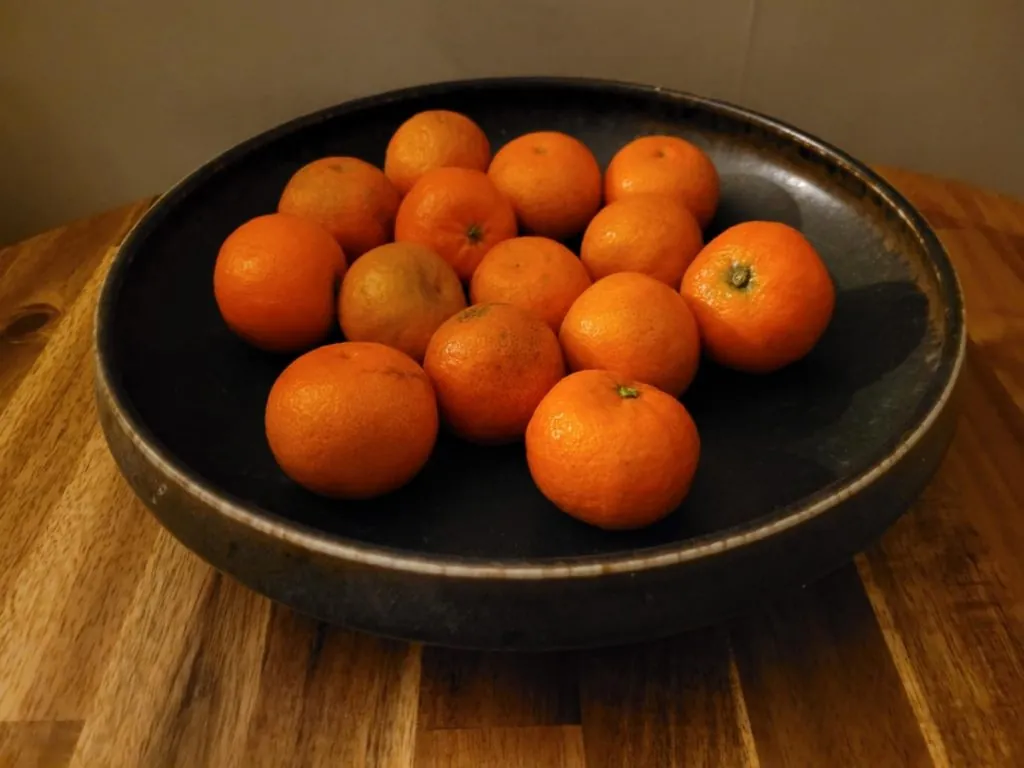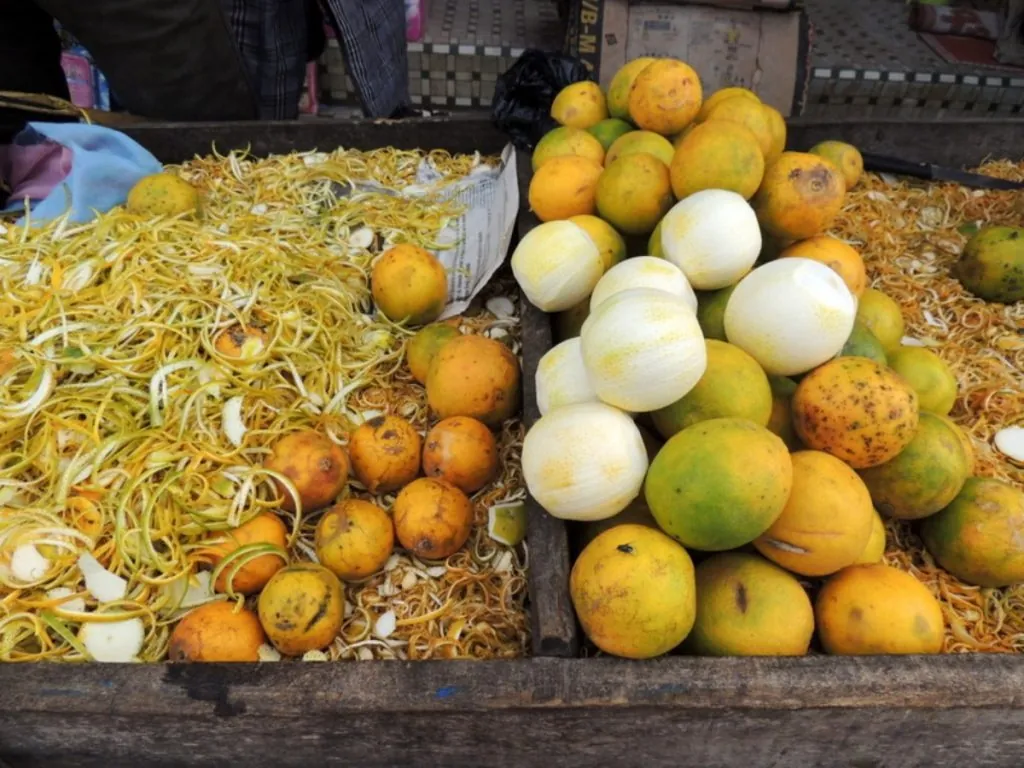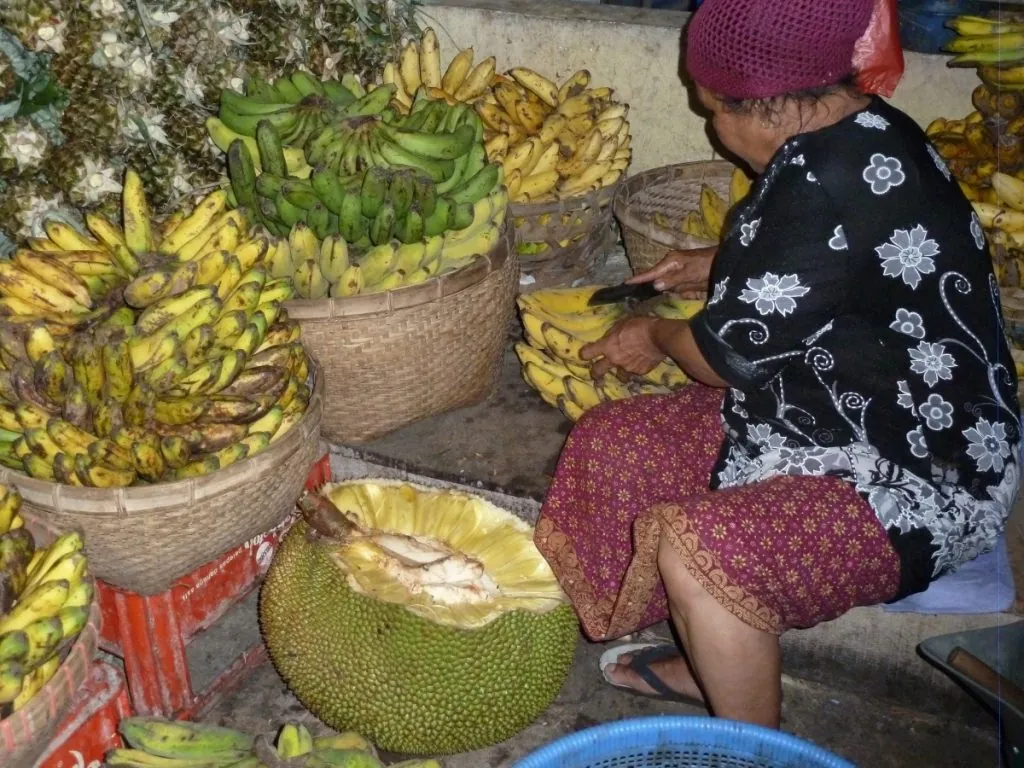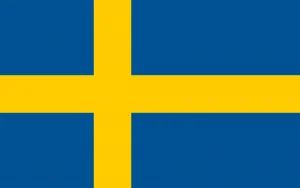Guest writer: Anna Nilsson Spets
No, these exotic fruits were not in the fruit bowl at the Nilsson family home in the 70s ... It was a festive moment when fruits and nuts were put in place for Christmas. Same procedure every year.
The nuts in a turned wooden bowl and two silver nutcrackers, the fruit in a heavy black stoneware dish and the fruit knives tucked into the side. The beautiful old secretary polished and the fine room sparkling clean.

Apples and pears were no big deal, the cellar was full of paper-wrapped ones. Tangerines and Jaffa oranges, did we even know where Jaffa was then?


Chiquita bananas with their classic stickers, and yes, being the little chicuitan I was, I did like the monkeys, ate bananas.

The icing on the cake, the pineapple!

The pineapple was the highlight, a strange fruit they thought at the time, today it's nothing to raise an eyebrow about. It was rock hard and never ripened before it turned brown and rotted.

We can thank Christopher Columbus for the pineapple, it was he who spread the fruit all over the world.

Its origins are believed to be in South America, around Paraguay and Brazil. Today, the pineapple is grown in many tropical and subtropical countries, a fruit that loves moisture and warmth.

A plant needs 2-3 years to set fruit, then the mother plant dies. During this time, side shoots develop which provide for the next year's crop. The flowers are pollinated by hummingbirds and bats.

Personally, I think the pineapple should be eaten fresh and sun-warmed, it is not only tasty and juicy, it is also healthy. From the hard rootstock in the centre of the fruit, a substance is extracted that is a component of bowel cancer medicine.

At the local garden centre you can often buy mini pineapples, decorative perhaps but nothing to eat, the small fruits are woody. It is said that the mini pineapple will help against snoring, whether this is true I cannot say but I have sold many such plants.

From a botanical point of view, a pineapple is not a fruit, nor is it a single berry, but several dozen berries that are combined. There are more than 80 varieties of pineapple in the world.

It is also a symbol of wealth and status.

Something reminiscent of pineapples and often seen when travelling in warmer countries is Pandanus, it looks like a cross between a pineapple and a pine cone.


Pandanus is a palm with a somewhat feral manner, there are a variety of species within the family some of which have edible fruits.

The leaves and fibres of the plant are used to make ropes, baskets and carpets.

A pandanus fruit will probably never exist on the Christmas fruit platter but maybe other strange edible fruits like dragon fruit, chupa and annona. I'll write about those goodies another time.
























BP says:
Now I got a craving for pineapple. Love that fruit that I absolutely did not know about as a child. Well, tinned in jars in the form of slices, but I can't remember ever seeing the fruit itself. As an adult, I have bought pineapples many times in the store.
I remember that clementines and oranges were on the fruit platter and that as a child I collected the papers they were wrapped in. Sometimes my friend and I would even go to the shop and ask for the papers, which we then pasted into photo albums.
Jaffa as a neighbourhood of Tel Aviv I have visited. We actually mentioned the oranges to the locals who had no idea what we were talking about. The Jaffa we visited was largely a giant flea market and the locals were Palestinians.
I have never heard of dragon fruit, chupa and annona.
Many thanks for the info. A lot I did not know.
05 December 2024 - 15:55
Anna Nilsson Spets says:
I'm glad I could teach you something new!
Jaffa is indeed located on the outskirts of Tel Aviv, which is where the fruit is shipped out.
Yes, my goodness, you remember the orange pops.
Thank you for reading
05 December 2024 - 17:32
Helena says:
Interesting about the pineapple! Personally, I probably associate oranges and clementines most with Christmas, as well as dried figs. We probably only ate tinned pineapples when I was growing up, and not at Christmas. However, I've started to associate pineapples (or rather, depicted pineapples in metal) with luxurious hotels and bars with a 20th century theme - I guess exotic fruit was popular in high society at the time...
06 December 2024 - 7:44
Anna Nilsson Spets says:
That's right, pineapples are a symbol of wealth and also popular in the early 1900s.
Dried figs and sticky dates, yes, we ate that too.
Thank you for reading.
06 December 2024 - 7:51
Bea Gielen says:
11 December 2024 - 10:25